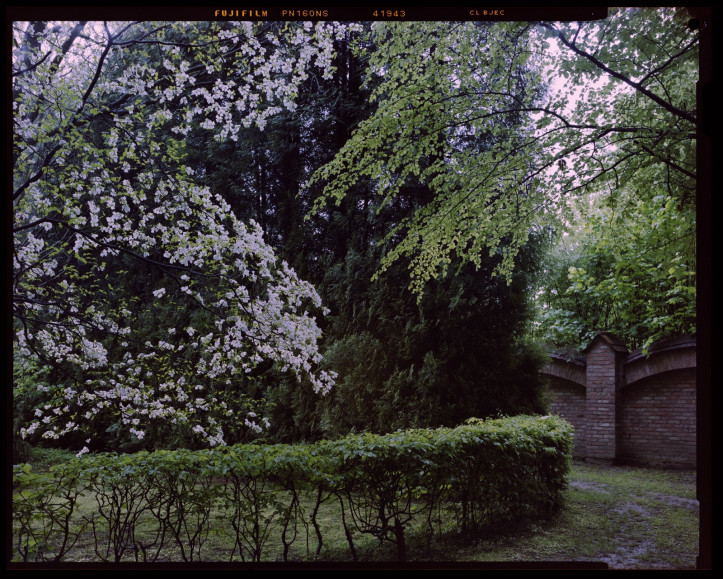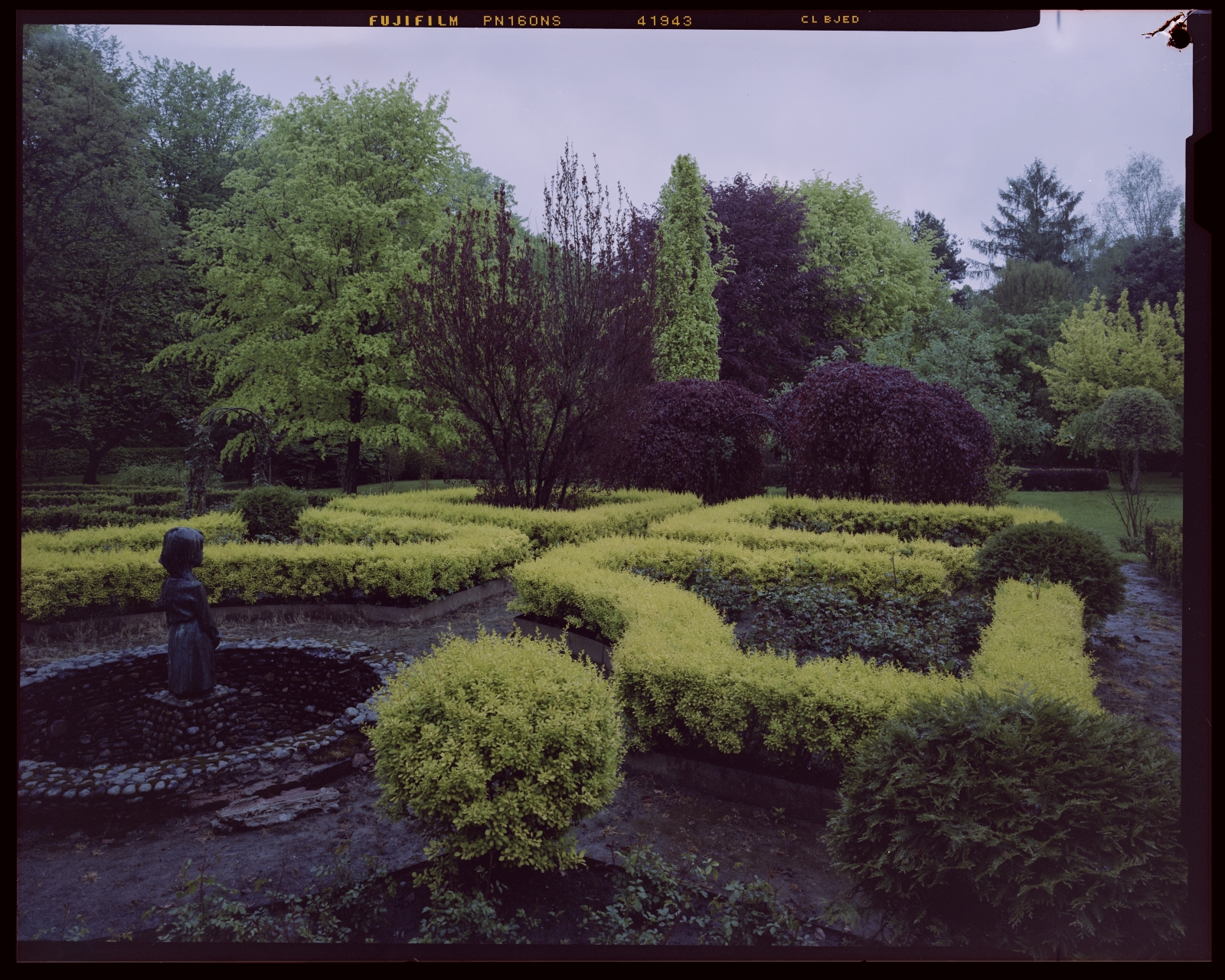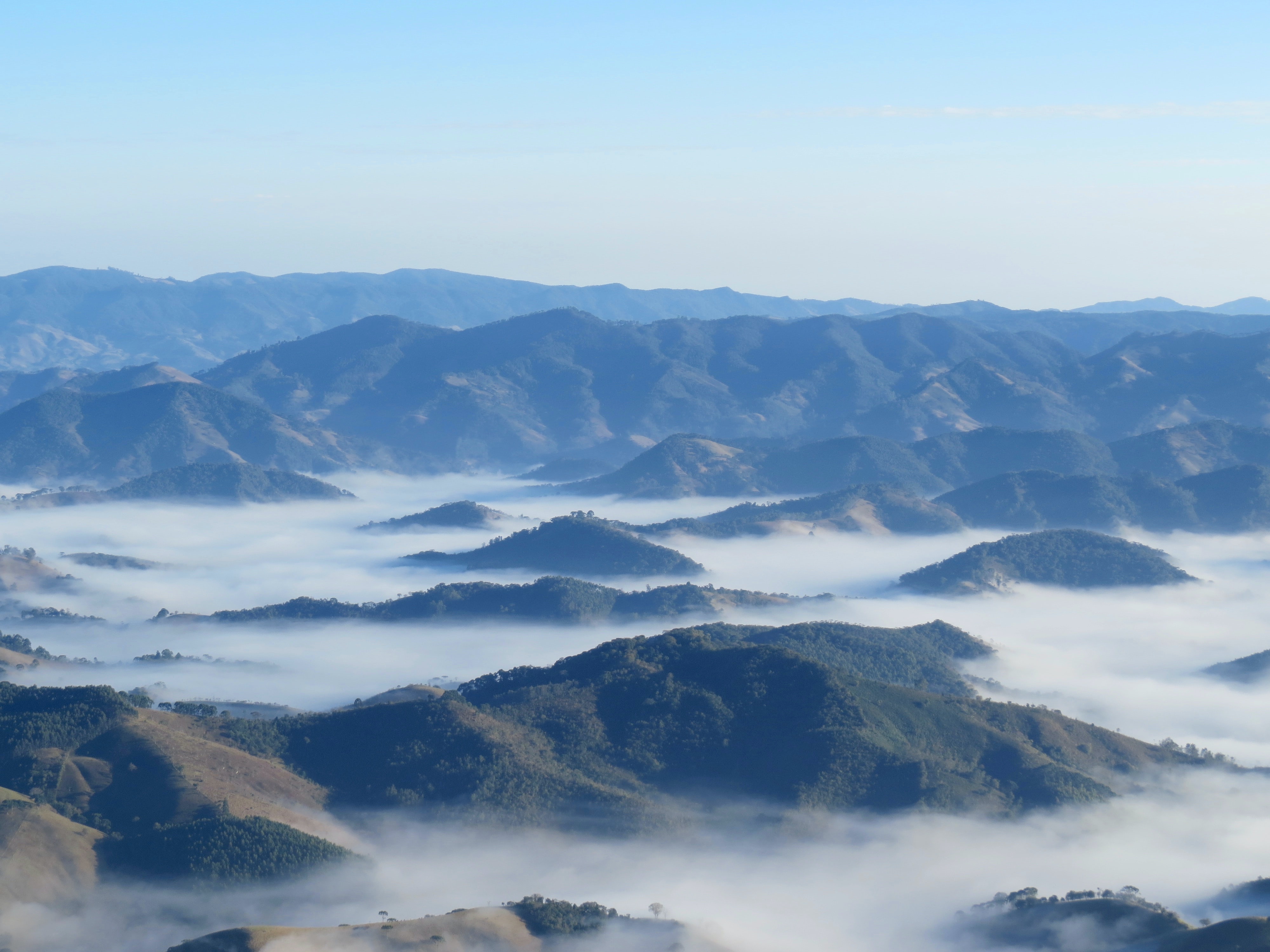
Krzysztof Penderecki “creates his garden like a score, note by note”. There are oaks, hornbeams, ash, linden and maple trees growing here, but also rare species of trees brought by the composer from China, Louisiana, and other parts of the world.
14th May 2019 was unusually cold. At 5.30am in Lusławice, it was around 8°C. I opened the room window overlooking the inner courtyard of the dormitory at Penderecki’s European Music Centre – it was raining. I was sleepy. The previous day, workshops for young composers began, the ‘masterclasses’ organized together with the Kraków Film Music Festival. Throughout the night, bedroom doors slammed, and when I finally fell asleep, I was awakened by someone whistling the toreador’s aria from Carmen.
Opened in 2013, the centre is an elegant building with two concert halls, rehearsal rooms, a dormitory and a canteen. It is located directly opposite the Lusławice Manor, surrounded by an arboretum composed and lovingly supervised by Penderecki. Penderecki likes to start composing at 6am (and even earlier in the summer). At this hour – together with photographer Maciej Herman – we stand in front of the garden gate. Our guide is Stanisław Dudek, a gardener who knows every branch here. He has devoted his entire professional life to Lusławice: his knowledge and feeling for this place are enormous.

I spend a dozen or so hours in the May cold and rain, in this ‘secret garden’ extending over the size of one third of the surface of the Royal Łazienki Park in Warsaw. In my wellies, I follow the guide around the gardens. Later, I stand around for hours holding an umbrella over the camera – it is a large-format film camera, set up on a tripod, you need a large umbrella to protect it from the rain… The hours spent in silence among the enchanting, lush greenery of the Lusławice trees turn into a kind of meditation. This time allows me – at least





